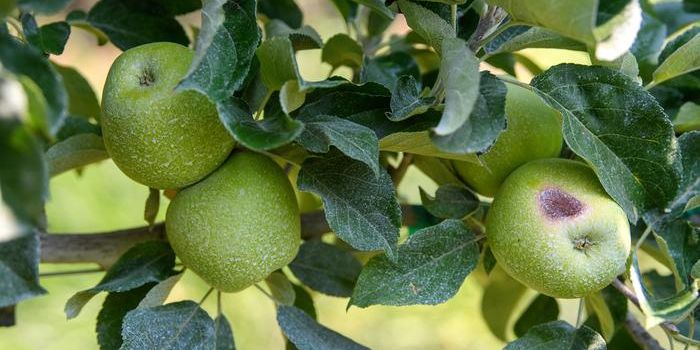The Surprising Way Honeybees Protect Hives from Hornets
"Murder hornets," more commonly known as giant hornets, might be new to North America, but in their native range, they've always been feared by prey. According to Science Magazine, these hornets reach 4.5 centimeters in length and can chew off a honeybee head in a single bite. Additionally, the hornets cooperate in packs to invade and feast upon hives.
Honeybees, however, have developed a unique defense response to these invasions. New research from the University of Guelph reveals that honeybees defend their hives from these voracious predators using feces from other animals.
According to an article from U of G, honeybees collect animal dung and apply it to their hives' entrances to repel hornets. Prior research and information from beekeepers noted that dark spots would appear on hives when giant hornets arrived nearby. Beekeepers also reported observing bees collecting water buffalo dung. To confirm if the bees were placing animal dung on their hives, researchers placed water buffalo, cow, chicken, and pig dung in mounds near the beehives and observed. According to U of G, in one day, researchers observed 150 bees visiting the dung mounds, notably those with more potent odors.
Lead researcher Heather Mattila told Science Magazine, "it just floored me," due to her knowledge of the hygienic behaviors employed by bees to keep their hives clean. She continues, "The thought of honeybees walking around in feces is just shocking."
According to the study, hornets spent less than half as much time at hives with moderate to heavy dung spotting than those with just a few spots. Additionally, mass attacks were less likely on heavily dung spotted hives. Although researchers cannot pinpoint the exact mechanism of why the dung repels hornets, they assume it is the strong odor or that the dung masks the honeybees' odors.
Whether this behavior can officially be considered tool-use is still a debate. According to U of G professor and study author Gard Otis, bees are clearly using an object from their surrounding environment to alter their hive with an intended purpose. He added that because the bees shape and mold the dung spots with their mouths, they meet the criteria for holding and manipulating a tool.
Sources: Science Magazine, University of Guelph









